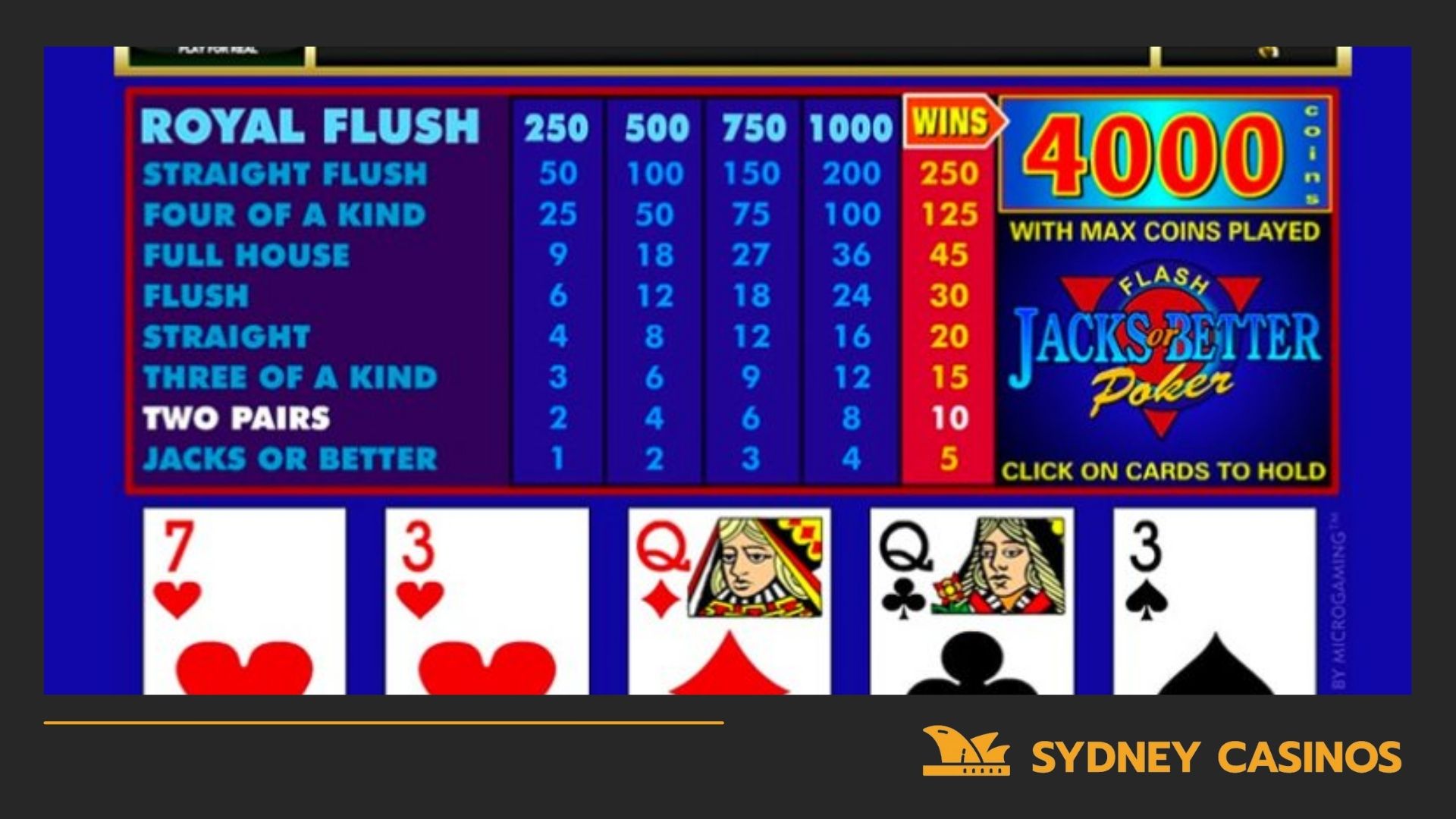Poker is one of the most popular card games in the world. That’s why so many people want to learn its rules. The history of this game dates back to the 16th century, and today it is appreciated by millions of people. Learning to play is not difficult, but it will take time to practice and improve your skills. Poker is not just a game of cards, it is the art of strategy, reading your opponents and controlling your emotions at the table.
Theoretically, there is no clearly defined number of people who can play poker. However, in practice, it is assumed that it can be a maximum of 10 people. You can also play with a minimum of two people. The more people involved in the game, the more complicated it actually becomes due to the fact that poker is played with a single deck, i.e. 52 cards.
Texas Hold’em Poker – Rules
Texas Hold’em is the most popular variant of the aforementioned game, in which the players’ goal is to put together the best card combination. Poker, of course, is also associated with the popular “poker face”. All because here you can (and even need to) bluff, i.e. mislead your opponents. In other words, you raise your bet despite the lack of “strong cards” so that other players think you have strong cards in your hand.
Texas Hold’em uses a full deck of 52 cards. Among the players there is a person who deals the cards, which changes with each subsequent game. In turn, the players to the left and right of the dealer must make blind bets without knowing the cards. The dealer deals two cards to each player, after which the real game begins. Based on these cards, players can make one of the following moves:
- Fold – to forfeit a game at a later stage by discarding cards on the table. You can also discard cards during the current game. The player then loses all chips bet in that particular hand.
- Wait – waiting for the next card is only possible when no one has raised the bet in the game.
- Betting – a bet is placed during one round. The remaining players must then check, i.e. equalise that person’s bet. They may also raise the bet or discard their cards and fold the rest of the game.
- Call – Equalise the amount that was bet in this hand.
- Raise – players who don’t want to take any risk can discard this hand. It is also worth adding that thanks to the Raise, players cannot use the so-called “check”.
- All-in is a bet with all the chips you have. If the player succeeds, he wins the whole pot, and if he loses, he loses everything and the game is over.
As mentioned above, in poker, the cards that determine winning a particular game are important:
- The highest card is the hand in which the highest card in the player’s hand is considered.
- A pair is two identical cards and three other cards.
- Two pairs – two cards of the same type and two more cards of the same type, as well as one random card.
- A triple is three identical cards in a player’s hand and two different cards.
- A straight is a combination of five cards in a row, for example: 2, 3, 4, 5, 6.
- A suit is an arrangement of all cards of the same suit. They do not have to be consecutive.
- A full house is three cards of the same type and a pair.
- A rack is four identical cards.
- Poker is a set of cards of a particular suit.
- A flush royal is the highest combination of cards of a particular suit.
Whether it’s bluffing or knowing how to play the cards, all of these skills will come with time. The more games you play, the more chances you have to master the rules of poker.
4 Basic Poker Strategies

There are various proven poker techniques that you can use to get ahead of other casino players. Some of these winning strategies include: such a
- Tight-passive strategy. Using this method, the player plays with very few cards and rarely bets or raises. Well, unless he has a very strong hand that will surely change the game in his favour. This strategy involves playing in such a way that everyone at the table is discarding cards and it is easier to read.
- Loose-Passive Strategy. This poker strategy is popular among novice players who are cautious with their bets and believe that their opponents may drop their cards at any moment. However, they can still call bets whenever possible because they might get lucky and even catch an opponent who is just bluffing.
- Tight Aggressive Strategy. Players using this method play few hands and regularly bet or raise, but rarely call. They are also selective and only play their best starting hands in most games. They are also patient and do not raise until they have the best opportunity to strike. This doesn’t mean they are afraid to bet. They are just being cautious.
- Loose Aggressive Strategy. This strategy is favoured by players who deal a lot of hands, bet and raise often, but very rarely call. However, this strategy is very risky and should only be used by experienced players. These people are usually willing to make a raiser and are alert enough to take advantage of any mistakes or weaknesses of their opponents. Players using this strategy usually wait for other players to reveal their starting cards and then play aggressively against them, often betting or raising.
The truth is that winning at poker requires the application of proper logic and strategy. Moreover, you also need to be consistent in your playing style to get better over time.
Video Poker Tips
To become an effective player, you need to follow a few rules.
- Setting a game budget. This will allow you to safely control your poker funds. This ensures that on a day when you are unlucky, you won’t lose more money than you should. You will hear from almost every poker player about how to keep a budget.
- Sometimes it is important to keep a nonchalant face and wait for the right time to reveal your cards. Patience is also important when playing online. Once you enter the game, you should familiarise yourself with what is going on in a given hand or just wait for the next one.
- When playing with the dealer, you must take into account what he is telling you. Especially at the beginning of your poker adventure. Sometimes the dealer will provide information that may be helpful.
Poker is a game of observation, so an important step in determining a player’s playing style is to observe their general behaviour at the table. This factor is the foundation of success in poker. Knowing the tendencies of your opponents is a must if you want to become a winning player. Every action of your opponent means something, and you can draw conclusions from it in future hands at the poker table.
We also recommend reading the article about Aussie Roulette: Features of the Game, Rules, Strategies
Conclusion
The rules of poker are fairly easy to learn, even for those who are new to card games. The participants of the game sit at a round table at a sufficient distance from each other so that no one can look at the other person’s cards. The dealer then deals everyone a card. Everyone is allowed to determine their chances of winning and make their first bets. Then, once the bets are placed, the players are allowed to exchange cards to get the best combination or what is known as a hand. The deferred cards are placed away from the player. At the end, all participating players reveal their cards and the player with the best combination wins.

